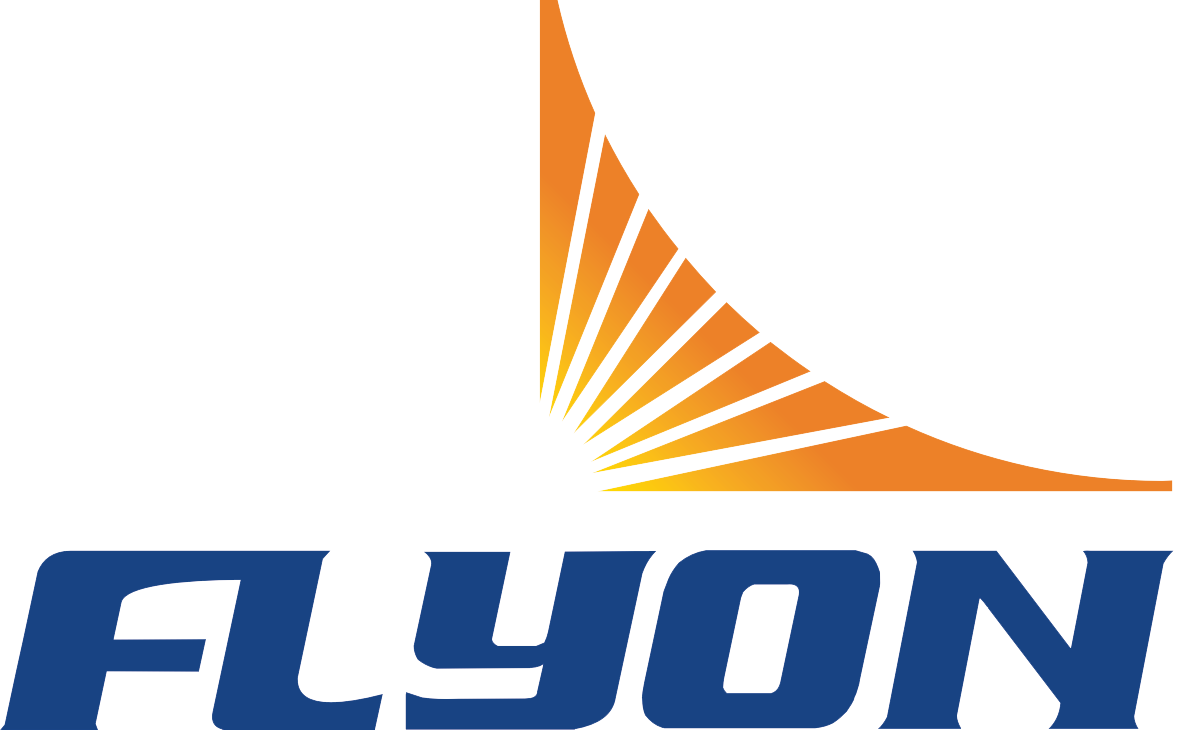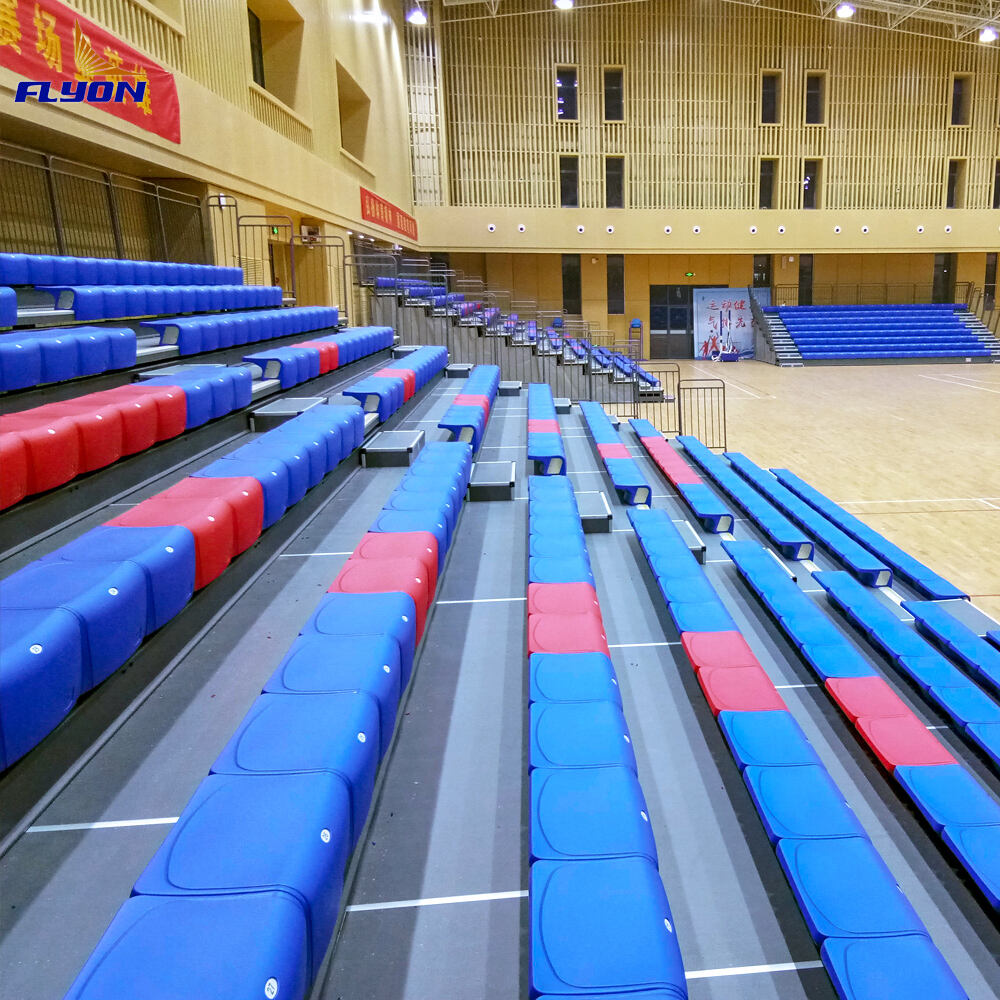How Retractable Seating Enhances Space Utilization and Enables Flexible Room Configurations
Retractable seating changes how we think about space because it literally disappears into walls or folds up vertically when nobody needs it. Venues can switch between different event types easily now. Need a banquet with lots of open space? No problem. Want theater style seating for a lecture? That works too, all within the same area. According to a recent look at venue trends from 2023, places that install retractable seats manage to hold around 2.8 times as many events per week compared to traditional setups. The difference is huge really. Permanent seating takes up so much room, but with retractable options, operators can free up between 80 and 95 percent of their floor space in just fifteen minutes flat. Makes sense why so many sports arenas, performance halls, and community centers are switching over these days.
Growing Demand for Space-Saving Seating Solutions in Modern Community and Urban Venues
As cities grow and property prices keep climbing, more places are turning to retractable seating solutions for their buildings. School boards and city planners are thinking differently these days when it comes to designing auditoriums and community halls. Instead of just focusing on how many people can fit in a space, they're looking at how flexible those spaces can be. The telescoping seat systems allow venues to go from holding around 200 people to accommodating nearly 2000 without needing any major renovations or construction work. Take a look at what's happening across big American cities right now – about six out of ten new community centers being built come equipped with this kind of adaptable seating already installed. Makes sense really, since taxpayers want their money spent wisely on facilities that serve multiple purposes throughout the week.
Case Study: Converting a Community Center Using Retractable Seats for Dynamic Room Use
Minneapolis' Riverside Community Center got a major facelift in 2023 that really showcases what modern spaces can do. They ditched all those permanent seats for something much cooler - a motorized retractable seating setup that holds around 500 folks. What does that mean practically? Instead of just spending nearly four hours between events cleaning up and rearranging everything, staff now only need about a quarter hour. This change has been game changing for the facility. Now they can run yoga sessions right next door while high school basketball games happen simultaneously. After installing the new system, they asked folks what they thought. About 9 out of 10 said the flexible layout made their events way better than sticking with old fashioned venues where nothing could be changed once set up.
Minneapolis received multiple notable outcomes, including:
- 132% increase in venue bookings
- $86k saved in labor costs from faster reconfigurations
- ADA-compliant aisles and sightlines maintained
Design Flexibility and Configurable Layouts with Retractable Seating Systems
Retractable seating systems enable venues to achieve unprecedented spatial adaptability while maintaining audience comfort. These systems combine modular engineering with user-centric design principles to transform rigid spaces into dynamic environments.
Core Principles of Flexible Multi-Use Space Design Using Retractable Seats
Modern retractable seats follow three core design principles:
- Modular engineering: Flexible component systems allow for quick transformation and storage.
- Material efficiency: Use of lightweight and strong materials like aircraft-grade aluminum frames supports 250 lb/sq ft loads while reducing structural bulk.
- Operational synergy: Designs accommodate integration with venue lighting, acoustics, and technological systems for seamless operations.
These principles enable facilities to host multiple types of events, such as a basketball game, theater performance, and trade show, in the same space within 24 hours.
Tiered and Telescopic Configurations for Optimal Sightlines and Accessibility
Telescopic seating systems now account for 41% of installations in educational facilities, addressing two critical needs:
- Vertical sightline optimization through 15° inclination, ensuring clear views for all attendees.
- Accessibility features complying with ADA requirements to make venues inclusive.
Leading designs incorporate anti-pinch sensor technology that automatically halts movement upon detecting obstructions, effectively reducing accident rates by 82% since 2020 (Venue Safety Council 2024).
Motorized vs Manual Retractable Seats: Choosing the Right Automation for Your Venue
Manual versus Motorized Systems: Weighing the Initial Costs and Benefits
Retractable seat systems essentially come in two types: manual and motorized. Manual systems often cost less upfront and require individuals to physically handle the setup process using tools like hand cranks or levers. However, they require dedicated staff to manage the reconfiguration processes whenever there's a need for room adjustment.
Advantages of Automated Seating in High-Traffic, Frequently Reconfigured Venues
Facilities hosting over ten events weekly can save about 40% on staffing expenses by shifting to motorized systems, as per the Venue Management Journal. This considerable saving is on top of benefits seen in hazard reduction, thanks to automated sensors detecting obstacles during adjustments. Such features prevent accidents and allow staff to quickly change layouts without extensive labor required by manual systems.
Cost-Benefit Analysis: Long-Term Efficiency and ROI of Motorized Retractable Seats
While motorized systems might have a 65% higher initial cost compared to manual options, they offer a return on investment (ROI) within 3-5 years. The key benefits include:
- Labor savings: $18,000 annually on average due to reduced setup and takedown times.
- Operational efficiency: Facilities report high satisfaction rates (92%) due to the flexible usage these systems allow.
- Longevity: The durable build offers a 15-year lifespan, outperforming the 8-10 years found in manual systems, leading to long-term savings.
Safety Standards and Regulatory Compliance for Retractable Seating in Public Venues
Critical Safety Features for Retractable Seats in Schools
The ASTM F3241-23 standard mandates critical safety features such as anti-pinch mechanisms to prevent accidents during retractable seat operation. Additionally, robust weight capacity and non-slip seating surfaces ensure stability during high-occupancy events like school assemblies and sports games. Vertical deflection limits are set to protect against potential structural failures observed in aging venue setups.
Compliance with ADA, ICC, and ASTM Standards for Public Seating Installations
The Americans with Disabilities Act requires ample clear space, specifically a minimum of 36 inches along walkways, and insists that at least 5% of seating areas in public venues be wheelchair-accessible. Compliance with fire safety regulations and ASTM E2502-22 standards significantly reduces injury claims, making facilities safer and more accessible to all visitors. New developments frequently obtain third-party certifications, including IBC labels, to signify compliance with strict safety standards for natural hazards.
FAQ Section
What are retractable seats, and how do they work?
Retractable seats are seating systems that can be folded or retracted into walls or stored vertically when not in use, allowing a venue to have flexibility in its spaces and host various types of events with ease.
Why are retractable seats becoming popular in multi-purpose halls?
As cities continue to grow and space becomes more valuable, retractable seating offers a space-saving solution. It allows for better utilization of the same area for multiple event types, increasing the frequency of events that a venue can host.
What types of venues benefit most from retractable seating?
Retractable seating is mostly utilized in sports arenas, community centers, performance halls, schools, auditoriums, convention centers, and various entertainment spaces due to its flexibility and efficiency in switching between different room configurations quickly.
What are the cost benefits of using motorized retractable seats?
While motorized retractable seating systems come with a 65% higher initial cost compared to manual ones, they provide a return on investment within 3 to 5 years. They offer savings in labor costs, increase in multifunctional capabilities of spaces leading to higher bookings, and have a longer lifespan than manual systems.
Table of Contents
- How Retractable Seating Enhances Space Utilization and Enables Flexible Room Configurations
- Growing Demand for Space-Saving Seating Solutions in Modern Community and Urban Venues
- Case Study: Converting a Community Center Using Retractable Seats for Dynamic Room Use
- Design Flexibility and Configurable Layouts with Retractable Seating Systems
- Motorized vs Manual Retractable Seats: Choosing the Right Automation for Your Venue
- Safety Standards and Regulatory Compliance for Retractable Seating in Public Venues
- FAQ Section
 EN
EN
 AR
AR
 FR
FR
 PT
PT
 RU
RU
 ES
ES
 BG
BG
 HR
HR
 CS
CS
 DA
DA
 NL
NL
 FI
FI
 DE
DE
 EL
EL
 HI
HI
 IT
IT
 JA
JA
 KO
KO
 NO
NO
 PL
PL
 RO
RO
 SV
SV
 CA
CA
 TL
TL
 ID
ID
 SR
SR
 SK
SK
 UK
UK
 VI
VI
 HU
HU
 TH
TH
 TR
TR
 MS
MS
 AZ
AZ
 KA
KA
 BN
BN
 LO
LO
 MN
MN
 MY
MY
 UZ
UZ


